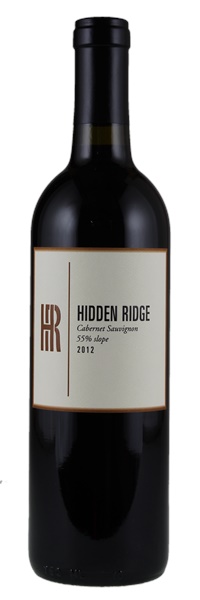Estimate

...beautiful, sweet crème de cassis, Asian plum sauce, licorice and forest floor notes. Full-bodied with velvety tannins, and impressive concentration, texture and length, this superb Cabernet can be drunk early in life...
... crisp in red cherry, pomegranate and floral tones, with a fleshy, textured and juicy palate. Richly layered, the chalky tannins are fine-grained, underpinning a flavor structure of dried herb. Dark chocolate lingers on the finish...
Sleek, with a firm, rich core of dark berry, mocha, black licorice, cedary oak and loamy earth flavors. Ends with taut, gripping tannins and good length.